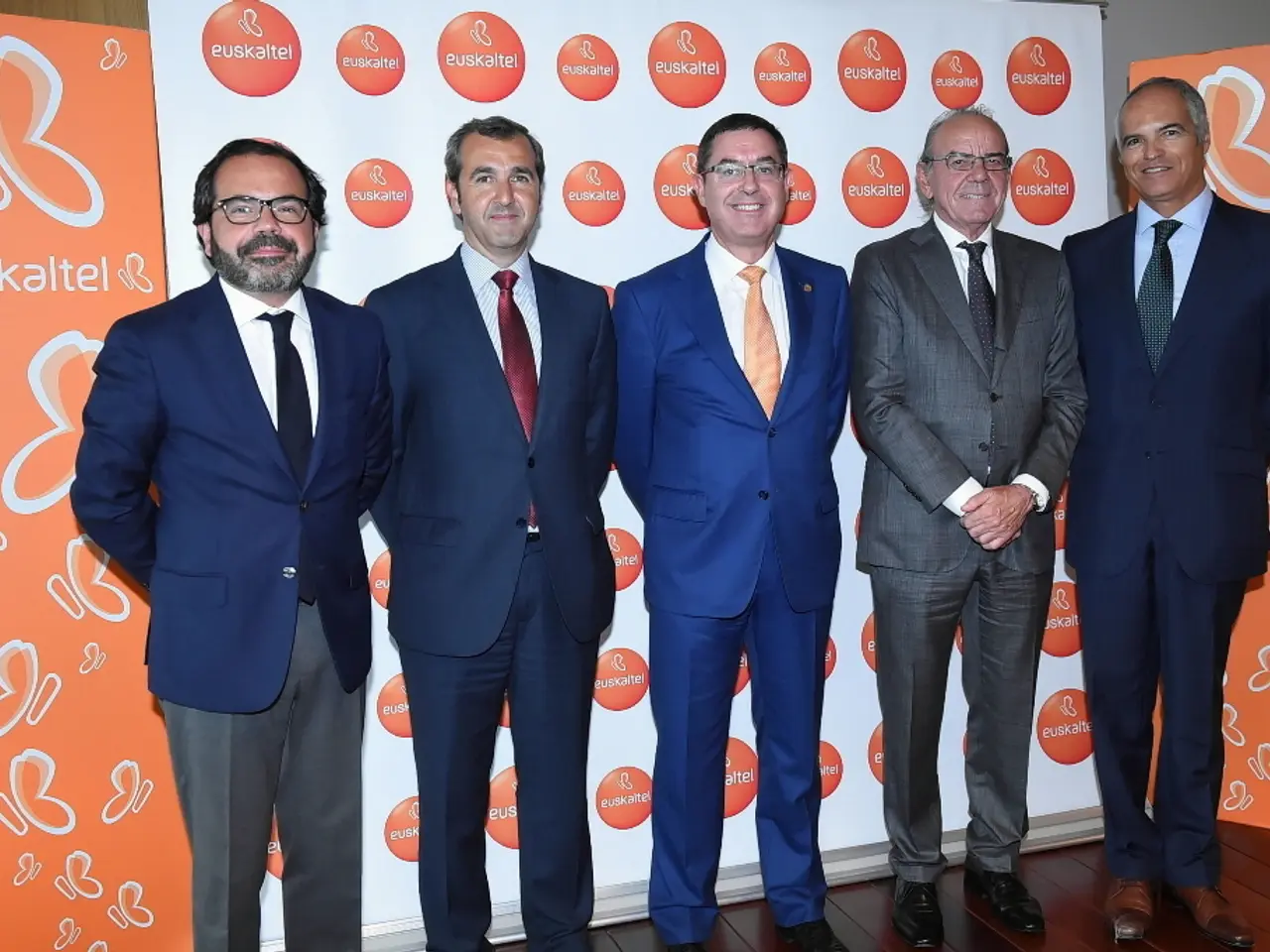An Examination of Social Welfare Using Python and Tableau in the Viz for Social Good Group
In the realm of social impact and nonprofit organisations, Viz for Social Good (VFSG) stands out as a pioneering social enterprise. This organisation, dedicated to helping mission-driven organisations utilise data visualisation for social change, has been making waves with its innovative approach.
Recently, VFSG embarked on a project called Visualize our Community, where volunteers analysed data from a community poll. The insights gained were intriguing. It was revealed that Tableau and Excel are the two most commonly used tools among VFSG volunteers, with the majority hailing from the United States and Canada. Interestingly, a significant number of volunteers discovered VFSG through Twitter.
The VFSG dashboard, a testament to their work, is a well-structured platform that leverages the power of Tableau. One unique feature is the use of Tooltips, which provide additional context and information when hovered over. For instance, in the "About the Volunteers" section, several horizontal containers hold bar charts, offering a distribution of volunteers by age range within Tooltips. A vertical container, on the other hand, houses the VFSG logo and the dashboard description.
The dashboard also demonstrates the usefulness of Tableau's Dual Axis feature. By combining multiple measures into one chart, it becomes easier to compare and contrast data, making visualisations more effective.
To organise objects within a Tableau dashboard, Containers play a crucial role. They allow placement of visualisations in a row (horizontal containers) or stacked in a column (vertical containers), ensuring a well-structured and easy-to-navigate layout. To distribute the contents of a container evenly, users can select the Distribute Contents Evenly option.
In the process of creating these visualisations, Python and Tableau Public were employed. Python was used to analyse the data and design new fields, such as Number of Programs and individual Boolean columns for each technology a volunteer has used. The dataset, consisting of 19 fields, each representing a question from an anonymous VFSG Community Poll, was then cleaned and visualisations were developed using Tableau Public.
Viz for Social Good has a vibrant community of volunteers, and those interested in joining can sign up for the VFSG newsletter to stay informed about new projects. It's essential to note that while this article is written by a Data & AI specialist (Payal), it does not necessarily represent IBM's positions, strategies, or opinions.
Despite extensive searches, specific examples of organisations that VFSG has partnered with in the past could not be found in the given search results. To verify such information, official VFSG channels like their website or social media profiles would be the best sources to consult. However, it's well-known that VFSG has worked with various nonprofits focused on social issues such as poverty, education, human rights, and the environment.
In conclusion, Viz for Social Good continues to make a significant impact by bridging the gap between data and social change. By harnessing the power of data visualisation, they are helping organisations communicate their missions and impact more effectively, ultimately contributing to a more informed and engaged society.
- Many volunteers, who hail from the United States and Canada, use smart-home-devices like Tableau and Excel in their mission-driven work through Viz for Social Good (VFSG).
- The use of sustainable-living and technology such as data-and-cloud-computing and online-education platforms like Tableau Public is vital in the data visualisation work carried out by VFSG volunteers.
- Education-and-self-development opportunities are available for those interested in joining the VFSG community, as they can sign up for the VFSG newsletter to stay informed about new projects and initiatives.
- With an increasing focus on home-and-garden solutions, VFSG showcases the effectiveness of technology gadgets like Tableau's Dual Axis feature in their dashboard, making data visualisations more powerful and insightful.
- By utilizing containers in Tableau, the layout of VFSG's dashboard becomes well-structured and easy-to-navigate, thereby enhancing the overall lifestyle and user experience.




